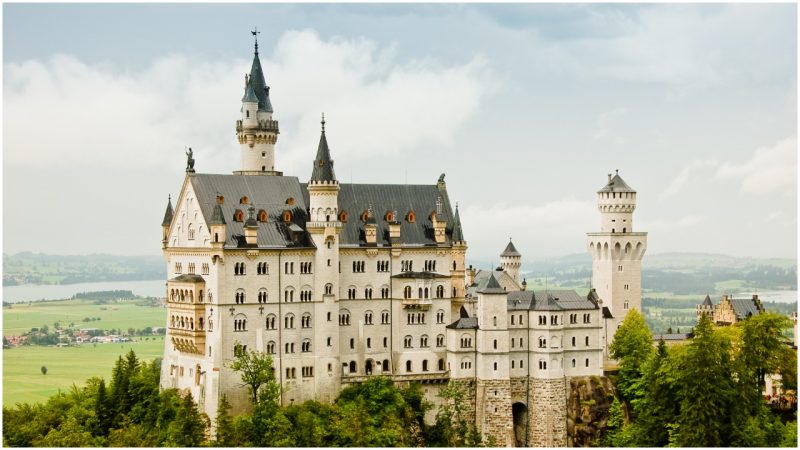The castles at Disney theme parks are named “Sleeping Beauty Castle” and many people throughout the world, when shown a picture of one, will automatically know that the building is at Disneyland, Disneyworld, Euro Disney or Disney Japan.
Then show a picture of the structure that the castle was based on, and many will say “That looks like a copy of Disney’s castle.” The truth is, it’s the other way around.
Neuschwanstein Castle in Bavaria, aside from Disney’s knock-offs, is the most famous castle in the world. It was built by King Ludwig II of Bavaria in the 1800s, and along with its stunning beauty and setting, the castle is surrounded by mystery, murder, inspiration and possible insanity.
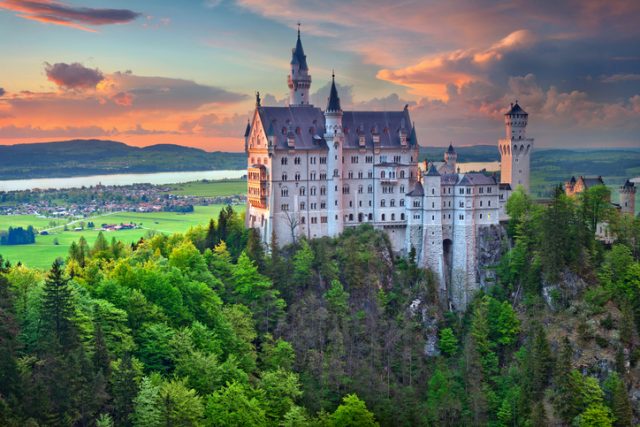
Amazingly enough, Neuschwanstein (which literally means “New Swan Stone/Rock”) is not the only beautiful castle built by the Bavarian monarch, sometimes called “Mad King Ludwig”. Better, and perhaps more accurate epithets are “The Swan King” and “The Fairy Tale King”.
Ludwig was born on October 24, 1845, though the record was changed to October 25th to give him the same birthday as his grandfather, Ludwig I, who was an art collector, and built some of the most beautiful structures in Bavaria and Europe. One of Ludwig I’s castles was Hohenschwangau (or “Upper Swan District Palace”), which his grandson later added to, and in which Ludwig II lived for a time in childhood.
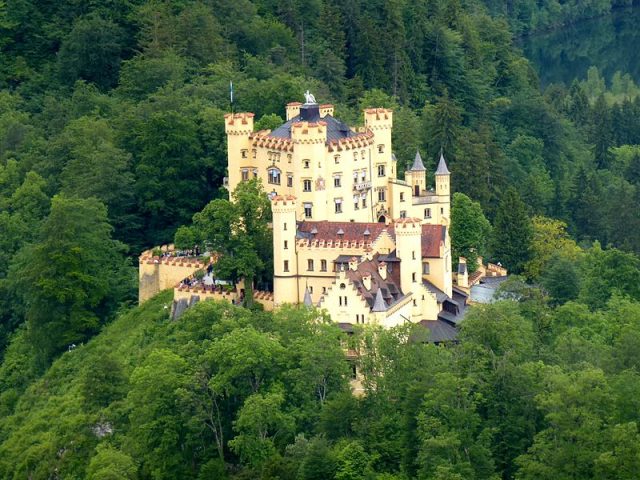
Ludwig’s childhood probably destined him for a life living in his head, his imagination. German parents of the time, and especially royalty were not known to be “soft and cuddly” types, and worst yet, his mother, Princess Marie, was Prussian, whose lives were dedicated to a stoic, “spare the rod and spoil the child” outlook – in the extreme.
To make matters worse, Ludwig’s parents didn’t like each other, much less love. Their marriage was meant to tie the royal houses of Bavaria (the largest independent German state in a time before German unity), with Prussia (the most powerful).
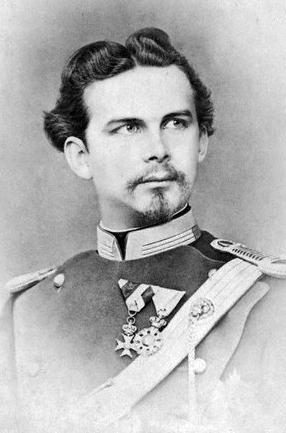
Ludwig grew up in one of the most beautiful castles in Europe. Sitting in the foothills of the Alps, it’s gilt-colored paint reflected the setting sun, coloring the area around and below it in a sort of golden haze.
Inside were fanciful paintings depicting real German/Bavarian heroes of a bygone age, as well as takes from myth and legend. To escape the oppressive reality of his family life, Ludwig spent hours staring at the walls, making up stories and generally living in a dream world.
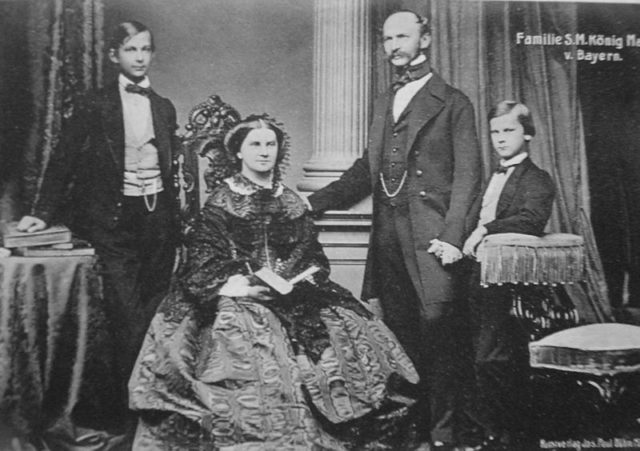
When Ludwig’s father Maximilian died, the prince was just 18 and had not been properly prepared to rule. For Bavaria, this was likely fatal. Fatal in the sense that many of the plentiful German states and municipalities were pushing for a united Germany, led by Prussia – a militaristic and Protestant power.
Bavaria and many of the other western German states were Catholic, and their outlook on life was much less severe than that of the Prussians. Soon, Ludwig would be leading his kingdom into a war with Prussia, one which he would lose.
The result would be a semi-independent Bavaria whose king seemed to want to spend the territories money on castles and art rather than the necessities of life.
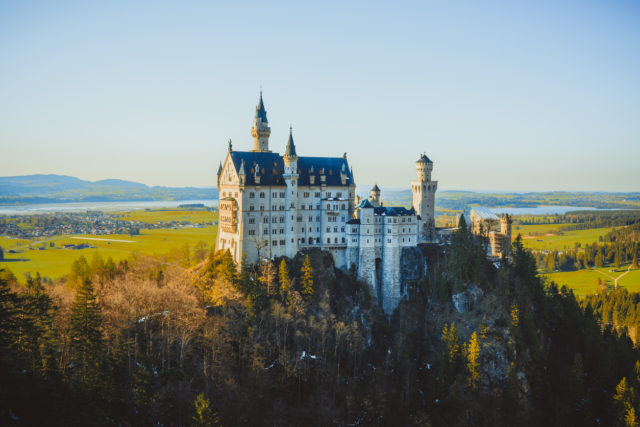
Ludwig, despite his extravagant expenditures and military defeat (it was unrealistic to expect a 20-year-old to defeat Europe’s most innovative military power), was immensely popular with the people of Bavaria.
They saw him as a dreamer, and something about the handsome youth made many feel sorry for him. He also gave out large amounts of money to the people he interacted with on his many journeys through his kingdom.
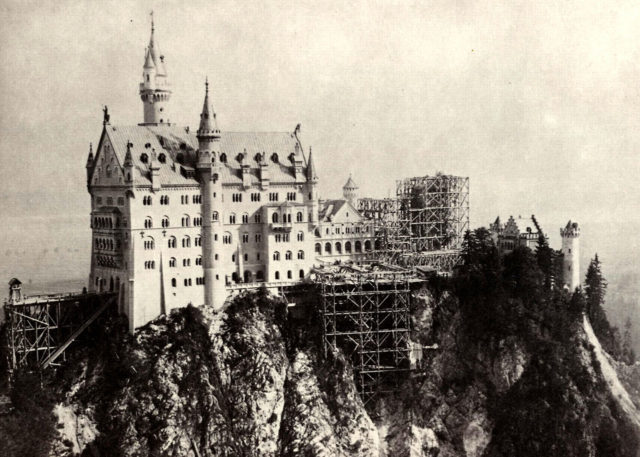
However, as time went by the defeat by Prussia bothered him more and more. Wanting to be a completely independent and powerful king who did not have to toe the Prussian line, he retreated into himself and began a descent into what some called madness.
Ludwig became obsessed with the work of Richard Wagner, whose operas about German myth and heroes partially fulfilled the longing Ludwig II felt in his heart to live in a perfect romantic world.
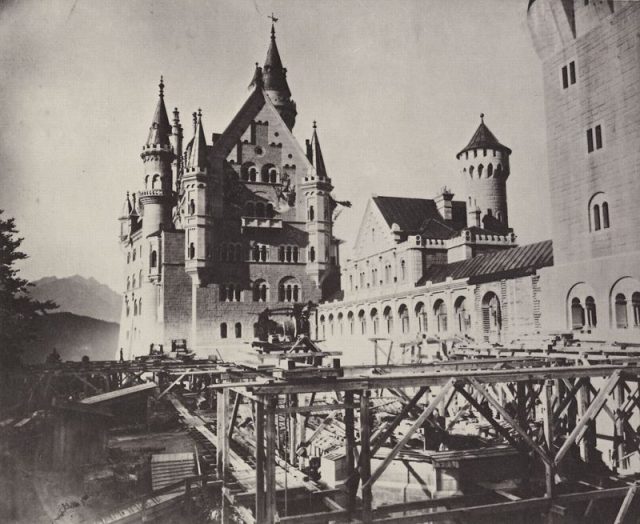
Wagner was a contemporary of Ludwig, though 32 years older than the king. Wagner filled the father-role that Ludwig never experienced, and for Ludwig, Wagner’s visions of a heroic and romantic German past matched perfectly with his imagination.
Some believe that Wagner took advantage of the king’s naivete, and through it his deep pockets, but it seems to have been a mutually satisfying relationship.
Wagner might not have risen to the fame he did without Ludwig, and Ludwig might not have created the beautiful structures that were inspired by the composer. Wagner’s famous opera house at Bayreuth was started with funds from Ludwig II.
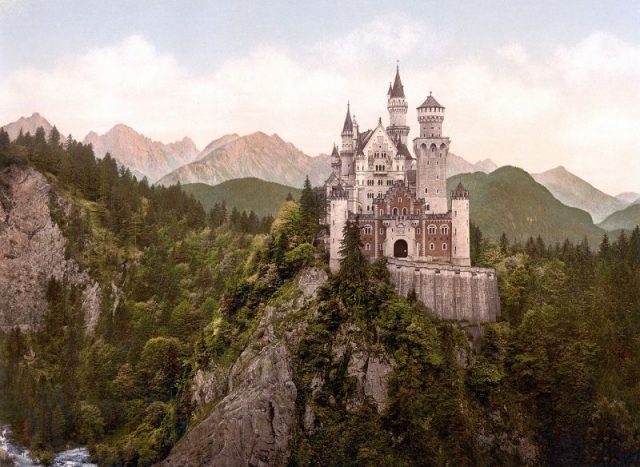
Ludwig’s vision included building a beautiful and unparalleled castle high above the one he lived in as a child – outdoing even his grandiose ancestor and namesake. Neuschwanstein was meant to host grand versions of Wagner’s operas, the music flowing down the Alps into the valley below.
Inside, mural after mural depicted scenes from Wagner’s operas/German myths, the most prevalent of those being from the tales of Parsifal, who found the Holy Grail in many sagas, and Lohengrin, the Swan Knight, who comes in a boat pulled by swans to rescue a damsel in distress. The castle even had an artificial grotto built within to hold a bevy of swans.
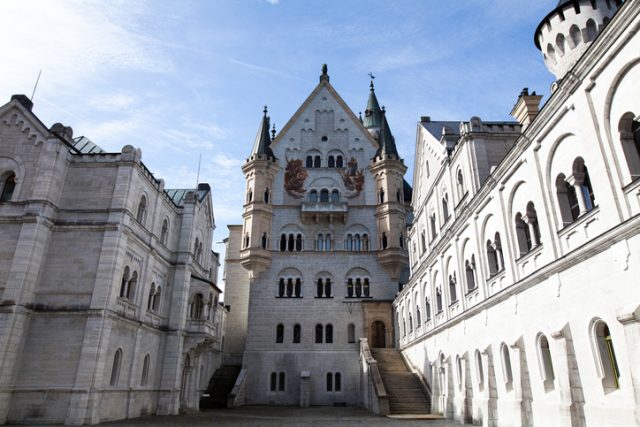
While he was building Neuschwanstein, Ludwig was putting the finishing touches on the Linderhof, a rococo-style palace also created to host grand Wagnerian operas and other musical performances.
The cost of building the Linderhof and Neuschwanstein was enormous – in today’s dollars, the price tag would come in at nearly $250 million. Linderhof did not cost much less. Bavaria was a rich German state, but even today, all of Germany is only about the size of Washington and Oregon combined. The coffers of Bavaria were not limitless.
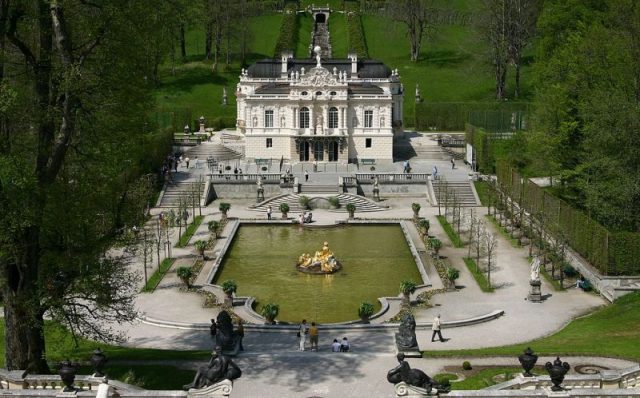
This began to concern not only officials of Bavaria, but of all of Germany, as well as the people of the semi-autonomous state. Unchecked, Ludwig might bankrupt the state and all sorts of misery would ensue – at least that’s what many thought.
Most of the money was Ludwig’s personally – Bavaria was an ancient kingdom. Still, the king showed signs of being unbalanced. He isolated himself within the Linderhof, whose huge dining room had a table for one. Ludwig was also becoming an embarrassment.
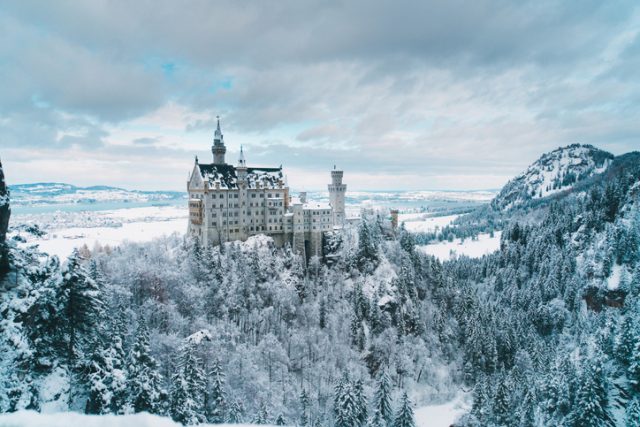
There were only two ways for him to be deposed, short of an actual revolution: assassination, or being declared mentally incompetent. The latter was chosen and four physicians certified that he was “mad”. Ludwig was removed from his throne and forced to live within Berg Castle, some miles away.
The date was June 12, 1886. On the 13th, one of the doctors that had certified him insane took a lakeside stroll with the king. They were never seen alive again.
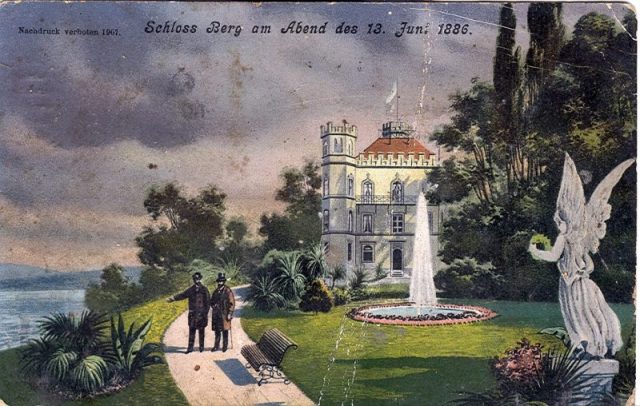
Many theories were put forward: Ludwig drowned himself after killing the doctor, whose body was found in the mud of the lake, showing blows to the head and neck. Ludwig is said to have drowned – but one problem remained: there was no water in the corpse’s lungs.
Read another story from us: The Abandoned Spanish Dream Castle in the Australian Jungle
Some say he was shot and the body dressed up and buried before it could be examined by unbiased physicians. There are many different theories, but none has proved definitive.
Ludwig lived in his beloved Neuschwanstein for just over a year and a half, off and on. It was never finished.
